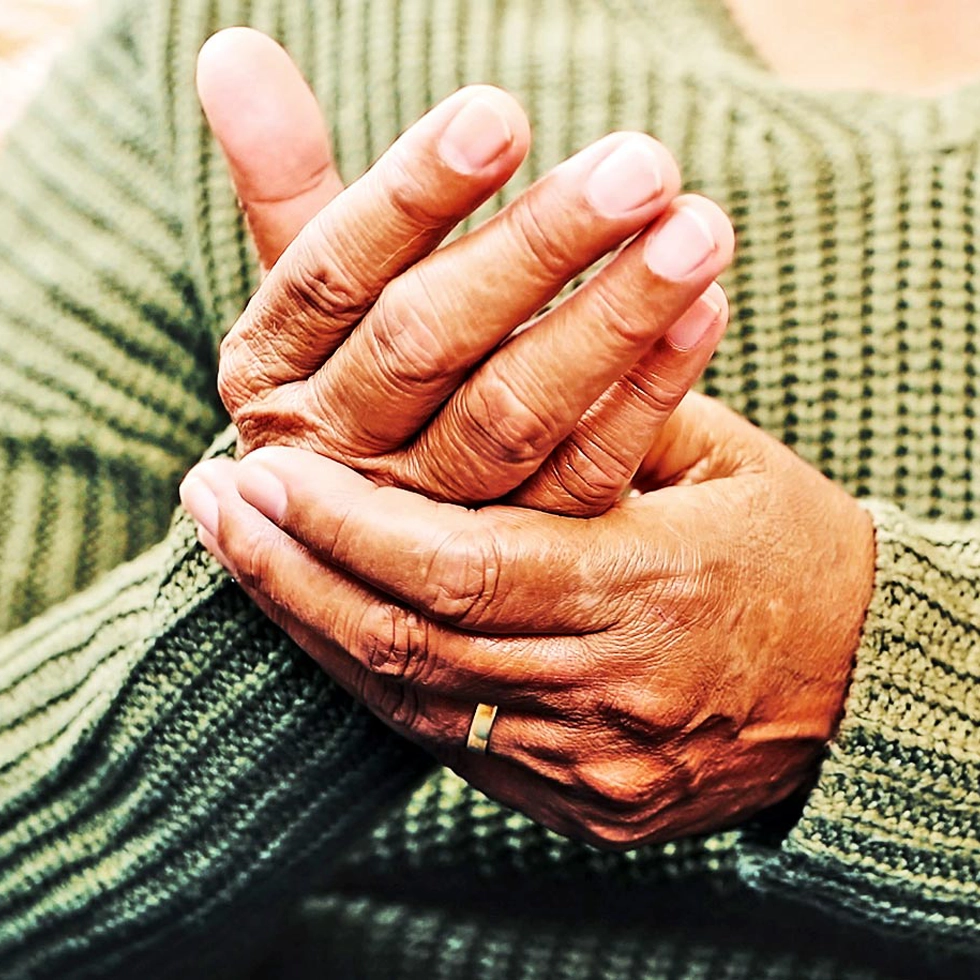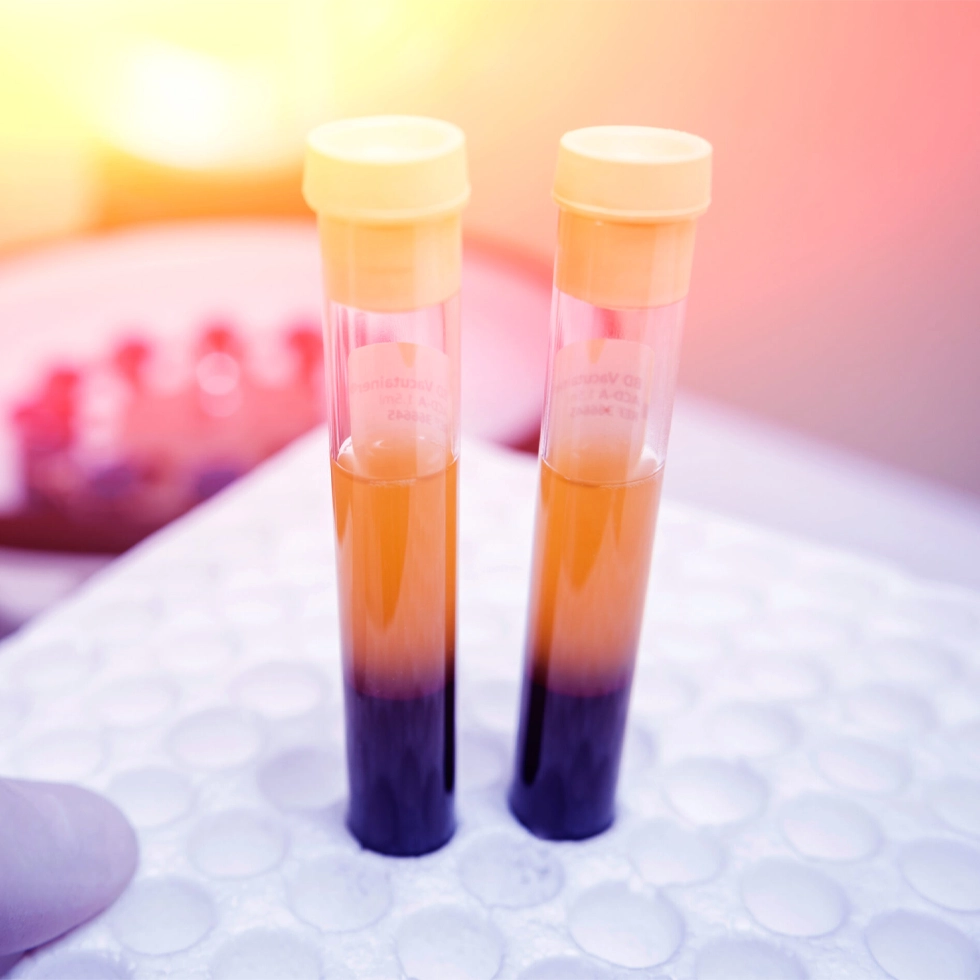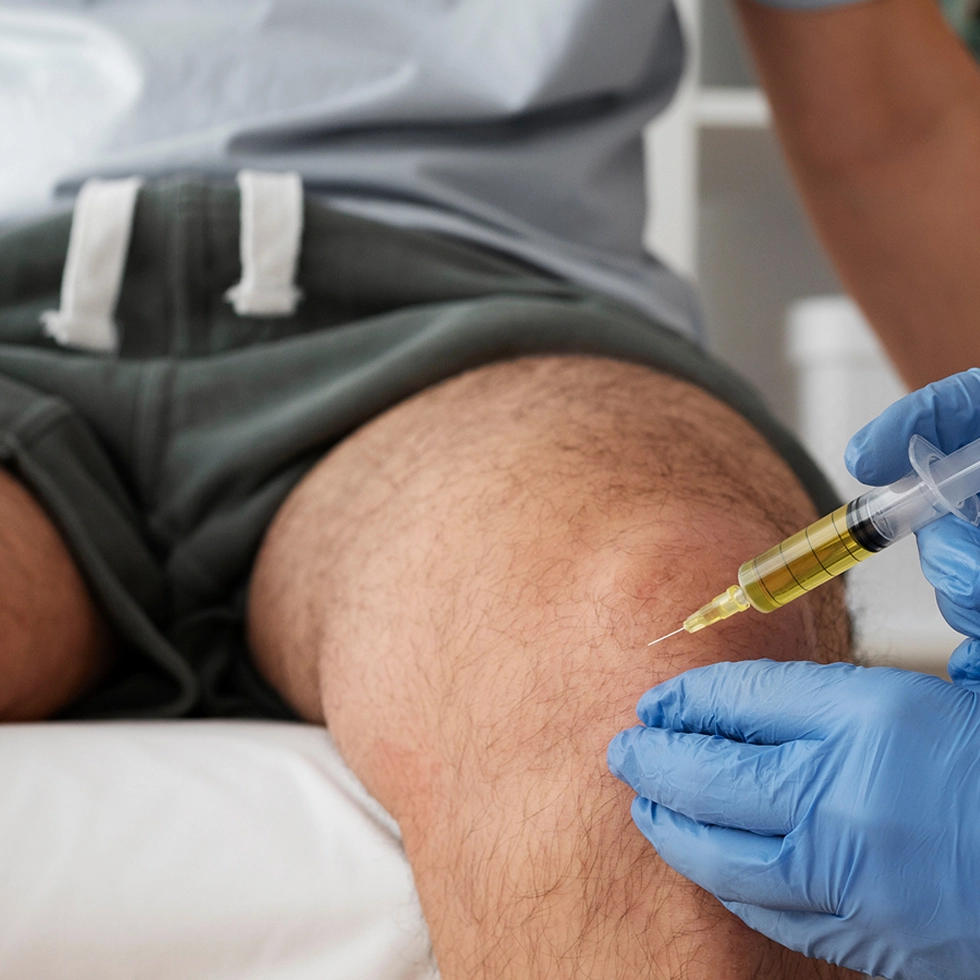
How A2M Works to Protect and Restore
Discover Natural Relief and Regeneration.
At BionwoRx: Center for Functional and Regenerative Medicine in Carmel, Indiana, we specialize in A2M Therapy, a cutting-edge regenerative treatment that helps reduce inflammation, protect cartilage, and repair tissues naturally.
We proudly serve Carmel, Indianapolis, Zionsville, Westfield, Noblesville, and Fishers, Indiana, offering compassionate A2M Therapy.
This page covers:
The Science of Alpha-2-Macroglobulin
What is A2M Therapy?
Alpha-2-Macroglobulin (A2M) is a large plasma protein naturally found in your blood. Its main function is to capture and neutralize proteases, which are enzymes that break down cartilage and tissue in conditions such as osteoarthritis and tendon degeneration.
At BionwoRx, A2M is concentrated from your own blood and precisely injected into damaged joints or soft tissue to halt cartilage breakdown, reduce inflammation, and promote repair.
Stopping Cartilage Breakdown at Its Source
How Does A2M Work?
When joints degenerate, enzymes like MMPs (matrix metalloproteinases) and ADAMTS are responsible for breaking down collagen and cartilage. A2M acts as a powerful protease inhibitor, forming a “molecular trap” around these destructive enzymes, rendering them inactive and preventing further damage.
This process helps to:
- Protect and preserve existing cartilage and connective tissue
- Reduce the activity of enzymes that contribute to joint degradation
- Support joint structure and overall tissue integrity
- Maintain a healthier environment for natural repair and cellular function

Applications in Regenerative Orthopedics
Conditions Treated with A2M Therapy.
A2M therapy has been shown to benefit a range of musculoskeletal and degenerative conditions, including:
- Osteoarthritis (Knee, Hip, Shoulder, Spine)
- Tendonitis and Tendinosis
- Meniscal and Ligament Injuries
- Sports-Related Joint Pain
- Cartilage Degeneration and Chronic Joint Inflammation
Safe, Autologous, and Minimally Invasive
The Treatment Process.
- Blood Collection – A small sample of your blood is drawn.
- A2M Isolation – A specialized filtration process separates and concentrates A2M.
- Targeted Injection – The purified A2M is precisely injected into the affected joint or tissue.
This in-office procedure typically takes less than an hour and involves little to no downtime.
Start Your Regenerative Journey Today.
If you’re struggling with chronic joint pain or early osteoarthritis, A2M therapy at BionwoRx could help preserve your joint health and mobility.
Request your consultation today to explore non-surgical, regenerative solutions tailored to your body.
Click the button below or call us today at (317) 797-9139
We will be in touch shortly to schedule your visit.
Why Patients Choose A2M Therapy at BionwoRx
Benefits of A2M Therapy.
- Addresses root cause of inflammation and cartilage degradation
- Uses your own biologic material, no risk of rejection
- Provides long-lasting relief without surgery
- May slow or prevent osteoarthritis progression
- Promotes natural healing and tissue preservation
Complementary Regenerative Therapies
A2M vs. PRP: What’s the Difference?
While PRP (Platelet-Rich Plasma) therapy focuses on delivering growth factors that stimulate tissue repair, A2M therapy targets the enzymes causing damage.
Many patients benefit from combining both PRP and A2M therapies to maximize tissue protection and regeneration.
Expert in Functional and Regenerative Medicine
Meet Your A2M Specialist.
Annamarie Salyer, FNP-C, is a board-certified Family Nurse Practitioner through the American Association of Nurse Practitioners. With over a decade of experience in functional, regenerative, and internal medicine, she specializes in identifying the root causes of joint degeneration and creating personalized regenerative plans for each patient.

“I believe the body can heal itself when given the right support. Through Functional and Regenerative Medicine, I focus on uncovering root causes, restoring balance, and empowering patients with the tools their bodies need to repair, renew, and thrive.”
Annamarie Salyer FNP-C
Founder – BionwoRx
Understanding Safety and Realistic Expectations
Risks and considerations.
At BionwoRx, patient safety is our top priority. A2M therapy is considered a low-risk, autologous procedure, meaning it uses your own blood, which greatly reduces the likelihood of allergic reactions or rejection. However, as with any regenerative procedure, it’s important to understand potential risks and what to expect before beginning therapy.
Possible Side Effects
- Mild soreness or swelling at the injection site
- Temporary redness or bruising lasting 1–3 days
- Minor stiffness or tenderness as the joint responds to the injection
- Rarely, infection or inflammation at the injection site (minimized with proper sterile technique)
- These effects are generally mild and short-lived. Most patients return to normal activities within 24–48 hours.
Considerations Before Treatment
- A2M therapy may not be ideal for individuals with active infections, bleeding disorders, or certain autoimmune conditions.
- Results can vary depending on the degree of joint damage, overall health, and lifestyle factors such as activity level and diet.
- Patients with advanced osteoarthritis may require a combination of therapies or may not achieve full relief with biologics alone.
Peer-Reviewed Studies Supporting A2M Therapy
Research & Clinical Evidence.
Wang, Q., et al. Alpha-2-Macroglobulin Protects Cartilage by Inhibiting Matrix Metalloproteinases in Osteoarthritis. Arthritis Research & Therapy (2019).
Lee, H.R., et al. Therapeutic Effects of A2M on Degenerative Joint Diseases. Frontiers in Pharmacology (2021).
Lattermann, C., et al. A2M Therapy for Early Osteoarthritis: Clinical Outcomes and Mechanistic Insights. The American Journal of Sports Medicine (2020).
FAQs.
Is A2M therapy FDA-approved?
A2M is an autologous blood-derived product. While it is not a drug, its use in orthobiologic procedures is supported by FDA guidance for minimally manipulated, homologous use blood products.
How soon will I feel results?
Many patients experience improvement within weeks, with continued benefits as inflammation subsides and tissues begin to heal.
How many treatments are needed?
Depending on the condition and severity, most patients respond well to one to three sessions.
Can A2M therapy be combined with other treatments?
Yes. It can complement PRP therapy, Extracellular Vesicle (EV) therapy, or Plasma Photobiomodulation Therapy (PPT) to enhance outcomes.

